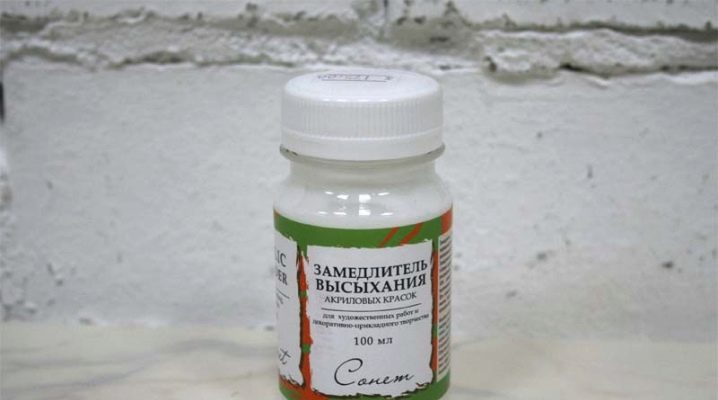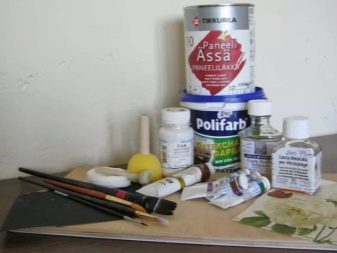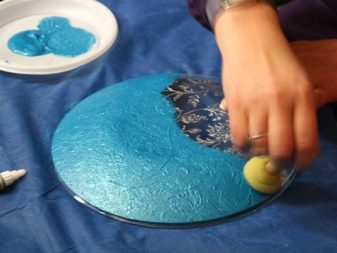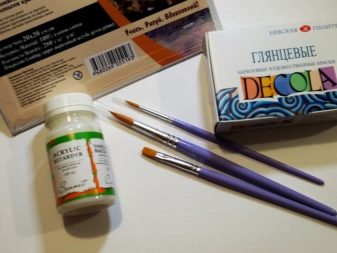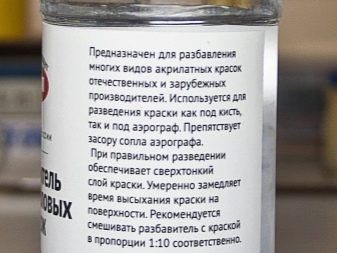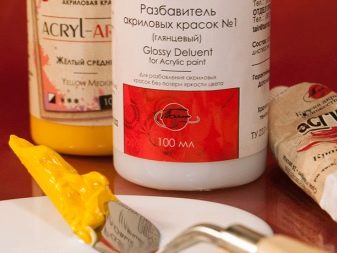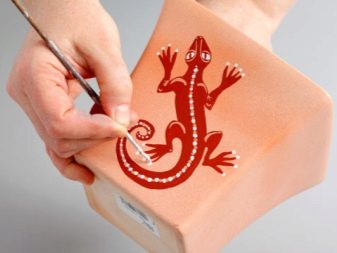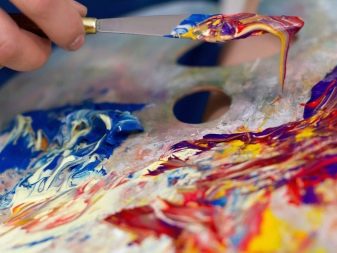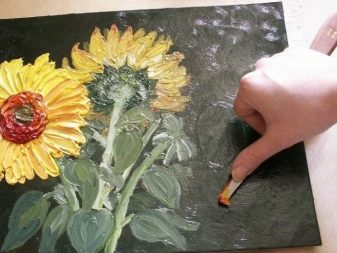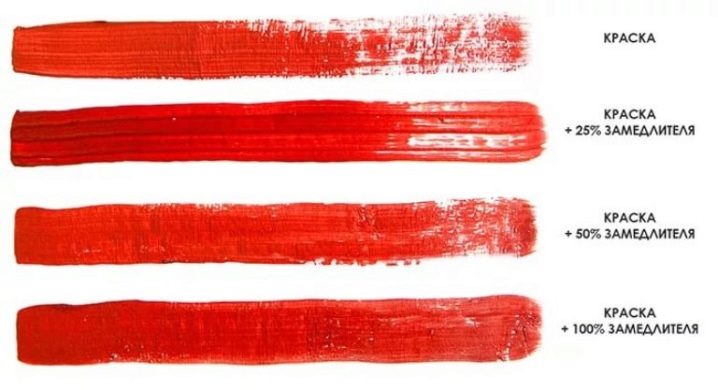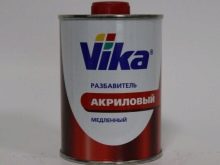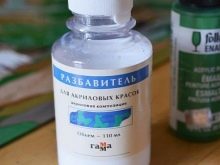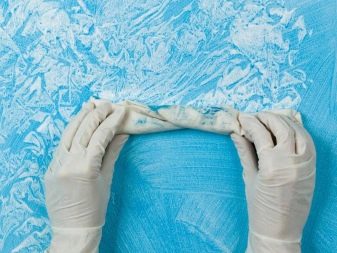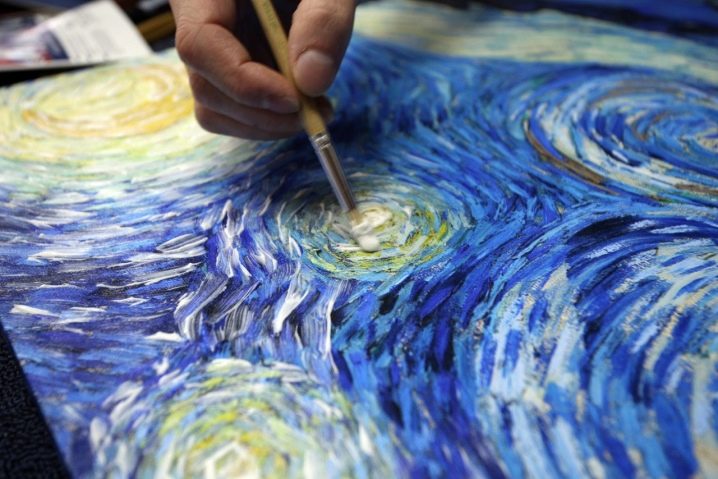Drying inhibitor for acrylic paints: features of use
Acrylic paints instantly dry on the surface of the base. That's just quick drying is not always a useful property. In such cases, you can use a retarder for drying acrylic paints.
Special features
The moderator is called a thick gel-like mass without color (transparent). The composition of this mixture contains glycol - a substance without a special smell, which helps the moisture to linger longer in acrylic paints.
An irreplaceable retarder is considered in cases when it is necessary to work with a certain shade in order to obtain smooth transitions, to transmit all halftones, to softer marking feathers, and also to draw shadows. The drying time of acrylic paints depends on the volume of the added composition, which can take from 30 minutes to 5 hours.
Additive when mixed does not affect the characteristics of the color scheme.Thanks to the retarder, the color acquires unprecedented brightness and a good texture.
Experimenting with auxiliary material, it should be understood that The amount of the moderator introduced has a different effect on the behavior and on the corresponding consistency of the resulting mass.
Undiluted corals are distinguished by high viscosity. This will allow you to create a different texture, give a clearer relief to the paint layer, apply larger strokes. This coating will dry in 40 minutes. Diluted Kohler perfectly stretches after the brush. Its drying time is 10 minutes.
Drying time increases with the gradual addition of a retarder. This will give ease when applying color. The color will become more pliable and the brush will slide smoothly over the surface.
The compositions
The additive that promotes delayed drying mixes easily in a 1: 4 ratio. In the process of making the composition, no foam or bubbles are formed. The layers applied with a palette knife (a special spatula) are almost no different from pastes without additives, therefore this tool will become much more mobile when used. Full drying takes 3 hours.
Increasing the amount of auxiliary material exactly in half (at a ratio of the moderator and acrylic material 1: 2) the possibility of creating an invoice appears, and you can also start working with a palette knife. At the same time the structure will be soft and streamlined over the relief. At the time of mixing, small bubbles may appear. A thin layer of such a diluted color coat dries in 3 hours.
This acrylic material is carried easily. Drying time is one hour.
Proportional mixing
By proportionally combining an acrylic color with a moderator in a 1: 1 mixing ratio, a gel-like mixture is obtained. The process itself is quite difficult. This composition is not suitable for the palette knifebut it will be easy to work with a brush due to the obtained jelly-like composition, creating a free slip on the canvas. The paint dries in 2 hours.
Supplements
Various auxiliary materials add special properties to ordinary acrylic paints. Colors become transparent, liquid or thick, dull, shiny or opaque.
To give versatility, acrylic dyes are diluted with several separate additives at once.For example, the retarder is considered indispensable when it is necessary to carefully work out the colors.
Auxiliary material will allow you to get smooth transitions of skin tones when writing a portrait.
Creating a "haze"
To get a "haze", paint with auxiliary material is not mixed. Water and moderator are added if it is necessary to paint a large surface of the embossing web (using a bag).
Summarizing
Do not add too much retarder to acrylic coaters to prevent undesirable changes in the composition of paints. A large amount of auxiliary material contributes to the appearance of bubbles, slow mixing. You can add no more than 25% moderator of the total volume of the acrylic mixture. Only in this way will it be possible to preserve the brilliance, increased spacing and the necessary color density.
Accepting the addition of retarders to paints is usually used by artists in creating acrylic paints under "watercolor". For artistic decoupage, this technique is rarely used.
Common method:
- brush is wetted in a special retarder;
- then wetted in paint;
- after that the strokes are applied on the palette from top to bottom and bottom to top. In the absence of a palette, plastic plates are used. This method will allow you to distribute the color over the fibers of the brush, mix the color with the retarder and see the resulting color;
- After that, you can get to work.
If necessary, the paint can always be diluted with water with the addition of a certain amount of retarder. The resulting composition must be thoroughly mixed. After the preparatory work has been done, proceed directly to the staining of the base. To do this, use a brush or a special sponge. If desired, perform the print, for example, using the package.
An example of the use of a retarder for acrylic paints, see below.
